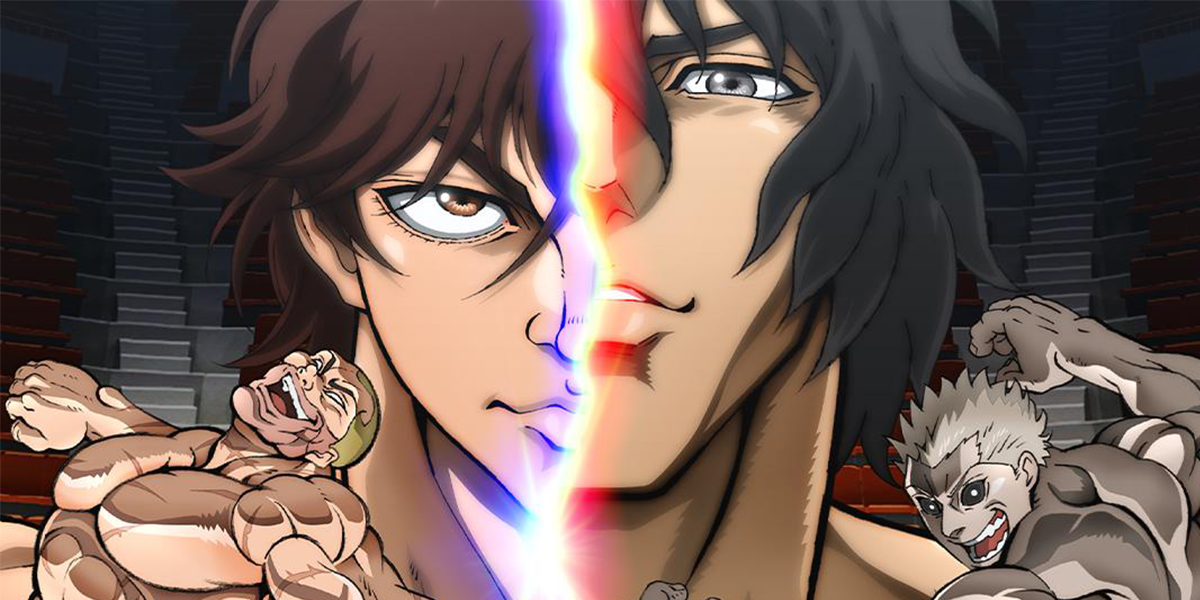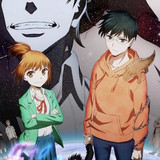#FEATURE: Giving Thanks for Kyoto Animation

“#FEATURE: Giving Thanks for Kyoto Animation”
Hello everyone, and welcome back to Why It Works. Have you caught the new trailer for Miss Kobayashi’s Dragon Maid Season 2? The world has changed massively since Kyoto Animation last produced a TV anime, and it frankly took the viewing of a genuine, fully animated trailer to convince me they’ve returned. The Kyoto Animation fire was a tragedy beyond imagining, an attack on a studio that helped inspire my own passion for animation, and the world of animation has been darker without their presence. While I still mourn the many brilliant creators we’ve lost, I’m thankful the studio is carrying on their legacy — and with Dragon Maid now on the horizon, I’m realizing anew just how much joy they’ve brought to me and how much hope they still inspire in me regarding the future of anime. Today I’d like to share some of the reasons and memories that make me thankful for Kyoto Animation, and I encourage you all to share some of your own!
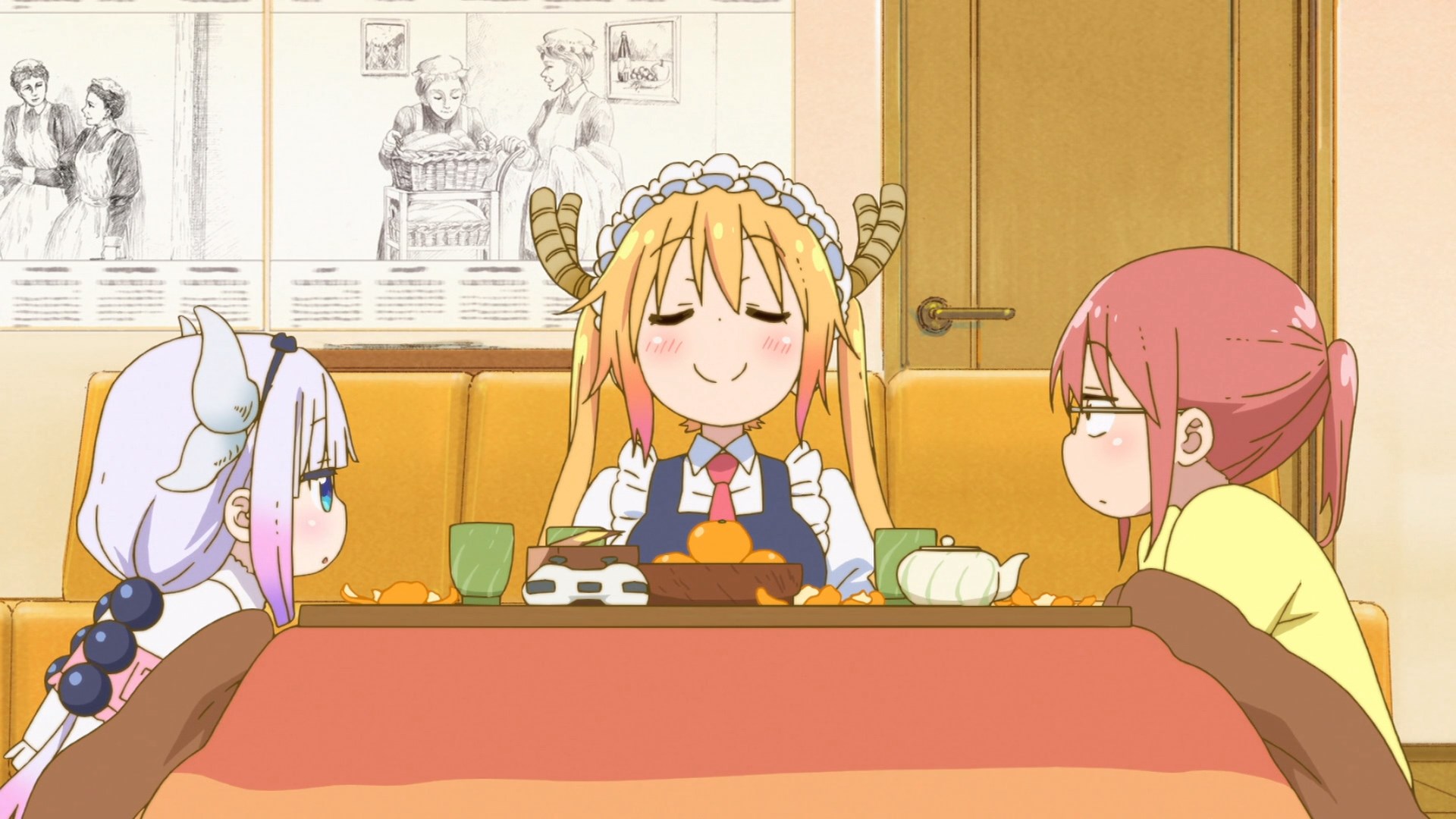
The first time I became aware of Kyoto Animation as a distinct studio was during the airing of Chuunibyou, almost ten years ago. I was working an unsatisfying job at the time, commuting into the city to proofread wellness and self-help books, then commuting back to my parents’ house. One of my sources of joy in that quasi-adult stasis was the thought of the next Chuunibyou episode waiting for me as I rode the train home in the dark. The show possessed a seemingly effortless cohesion of animation and art design, and what’s more, it was genuinely hilarious — while most anime failed to get a giggle out of me, Chuunibyou’s comedic timing seemed beyond mortal comprehension. I enjoyed the show so much that it actually inspired me to first start writing about anime and sharing my thoughts about storytelling on reddit.
The next Kyoto Animation property to really grab my heart was Sound! Euphonium. By the time Euphonium arrived, anime writing was more than an idle passion of mine; I’d established my own blog and was lucky enough to write about it weekly for Anime News Network. Euphonium helped to both sharpen my own critical abilities, and also pin down what I truly love about anime in the first place. The show embodied my artistic passions: thoughtful, intimate character drama, a strong focus on private emotions, and a gorgeous fusion of cinematography and animation, such that the feelings of the characters are visually, viscerally clear. As someone whose formal education was focused solely on prose fiction, it was shows like Sound! Euphonium that made me fall in love with visual storytelling, too.
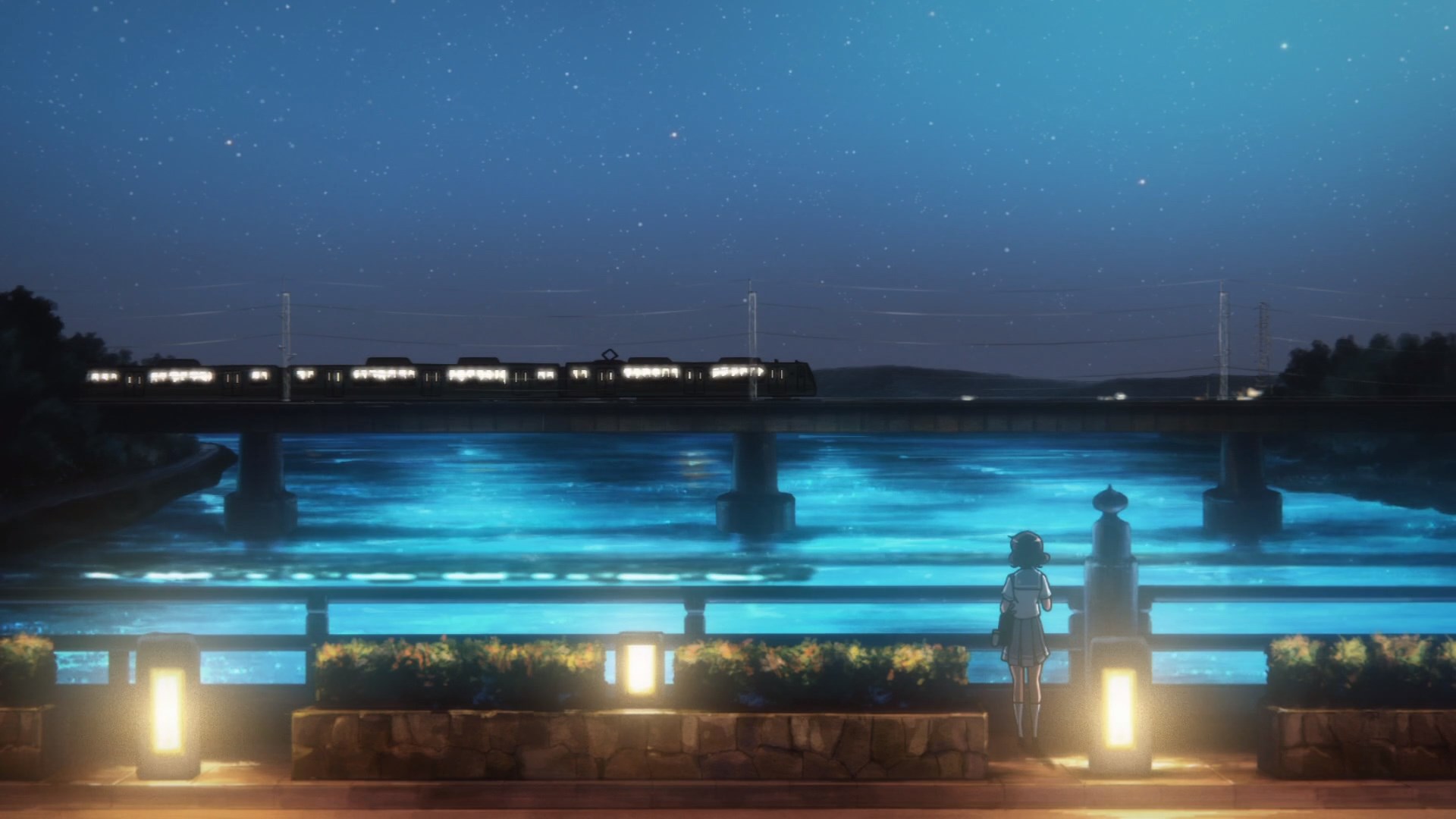
From there, I was hooked on Kyoto Animation and started diving back into the rest of their catalog. I’d seen Hyouka before, but watching it now, with an eye trained by years of media criticism, was a genuinely revelatory experience. Hyouka is quite simply a masterpiece, one of the grand treasures not just of Kyoto Animation’s catalog, but of animation as a whole. The show embodies a profound synthesis of cinematography, animation, and emotional intent, with each frame implying hidden icebergs of subtext, character history, and thematic contrast. Yasuhiro Takemoto was one of anime’s greatest directors, and while it’s painful to see Maidragon continuing without his presence, I can only feel thankful for the grand legacy he has left us.
While Takemoto was Hyouka’s overall director, the very process of rewatching Hyouka helped me to better understand what a collaborative process anime production is, and how much individual animators and episode directors can contribute to a work. While it can be tempting to attribute some work’s greatness to the talent of a studio overall, studios are fluid and nebulous constructs, even when you set aside how many of the medium’s talents are purely freelance or conscripted only for specific projects. With Kyoto Animation’s in-studio school, fully salaried workforce, and generally collaborative culture, their works tend to feel a bit more cohesive than most — but even among their talented and synergistic team, it was impossible to deny the talent of Naoko Yamada.
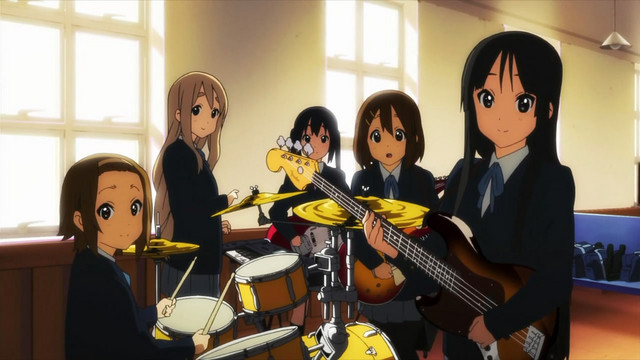
It took me longer than it should have to clue into Yamada’s greatness, given her early directorial successes were slice of life projects like K-On! K-On! initially seemed like it wouldn’t appeal to me at all — after all, as I said, my journey began in pure narrative fiction, and K-On! seemed almost willfully anti-narrative. But while watching it, I began to realize just how many stories are being told every day, every moment, in the smallest pauses and tiniest human interactions. K-On! brings these tiny, precious moments to life, emphatically declaring that ordinary life with people you love is a story well worth celebrating. By the end of its second season, I was bawling alongside its characters, unable to let their stories go.
Since then, Yamada has ascended to the stars, directing a series of feature films that are all fantastic in their own way, but which have culminated in the utterly sensational Liz and the Blue Bird. From the film’s opening moments, you know you’re in for something special. With its incredibly precise sound design, palpably anxious cinematography, and gorgeous character acting, it builds an entire emotional landscape, inviting you to truly see the world from the eyes of its lonely heroine. Liz is perhaps the most delicate, carefully observed film I’ve seen, and its brilliance has inspired me to follow Yamada’s own journey — to explore the peaks and valleys of film at large and bring those influences and insights back to animation.
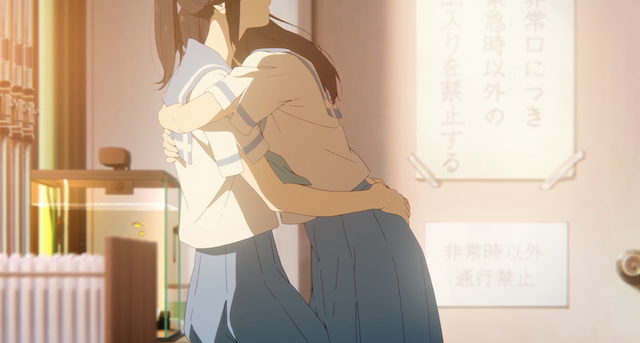
Great art is never a finish line. Great art is a journey, a source of encouragement, an open door leading to even more inspiring art experiences. It is a statement of high praise to say that some work inspired you to seek out more art, and Kyoto Animation’s works have instilled that feeling in me again and again, constantly pushing me to explore more widely, and engage more deeply. Through their works, I have come to love art more fiercely than ever, and appreciate just how much thought and passion goes into the works I love. I’m forever thankful to all of their generous artists for this gift, and happy beyond words to see them returning to feature production. They are a bright light in an often harsh world, and I pray for the best for all of them.
What has Kyoto Animation meant to you? Let us know in the comments!
Nick Creamer has been writing about cartoons for too many years now and is always ready to cry about Madoka. You can find more of his work at his blog Wrong Every Time, or follow him on Twitter.
Do you love writing? Do you love anime? If you have an idea for a features story, pitch it to Crunchyroll Features!
If you liked the article, do not forget to share it with your friends. Follow us on Google News too, click on the star and choose us from your favorites.
For forums sites go to Forum.BuradaBiliyorum.Com
If you want to read more anime-manga articles, you can visit our anime-manga category.

